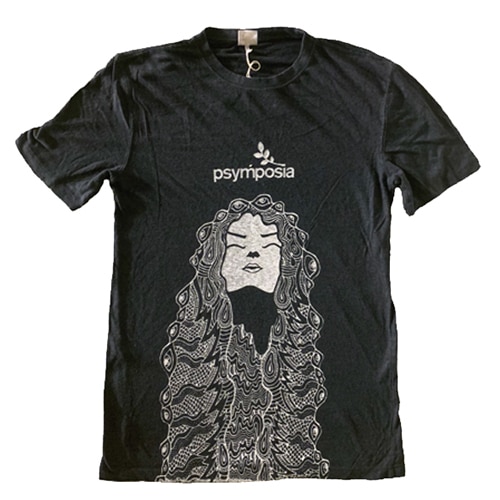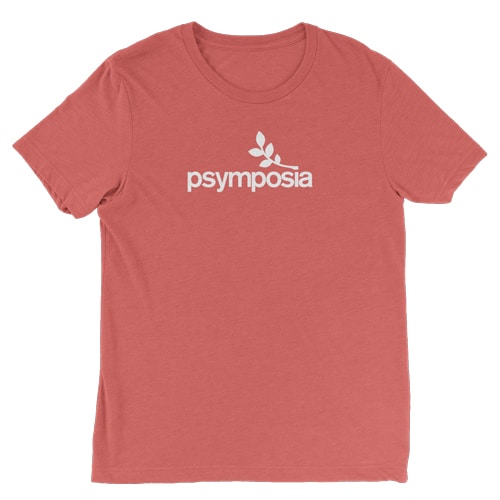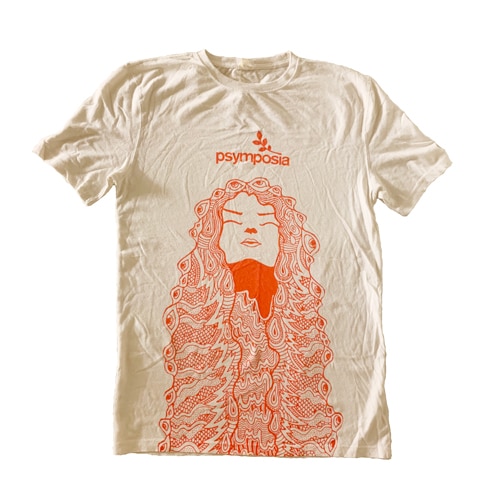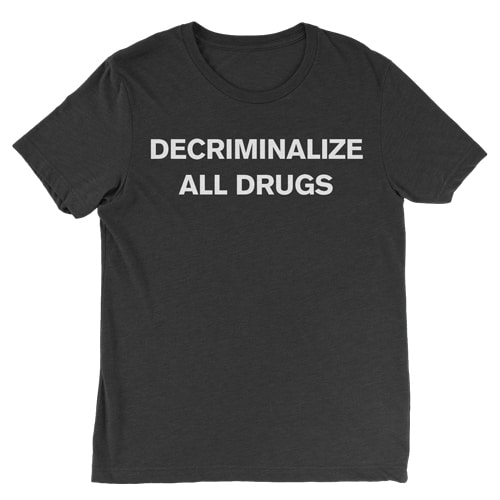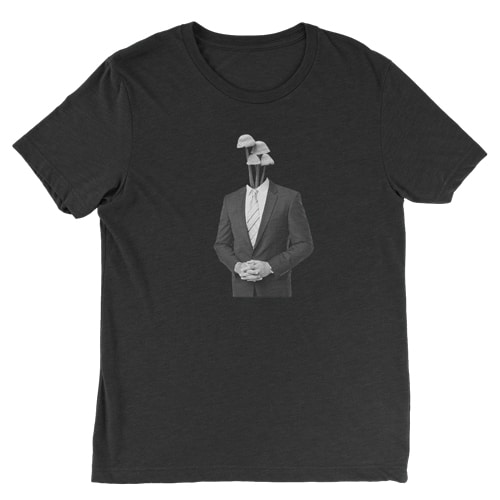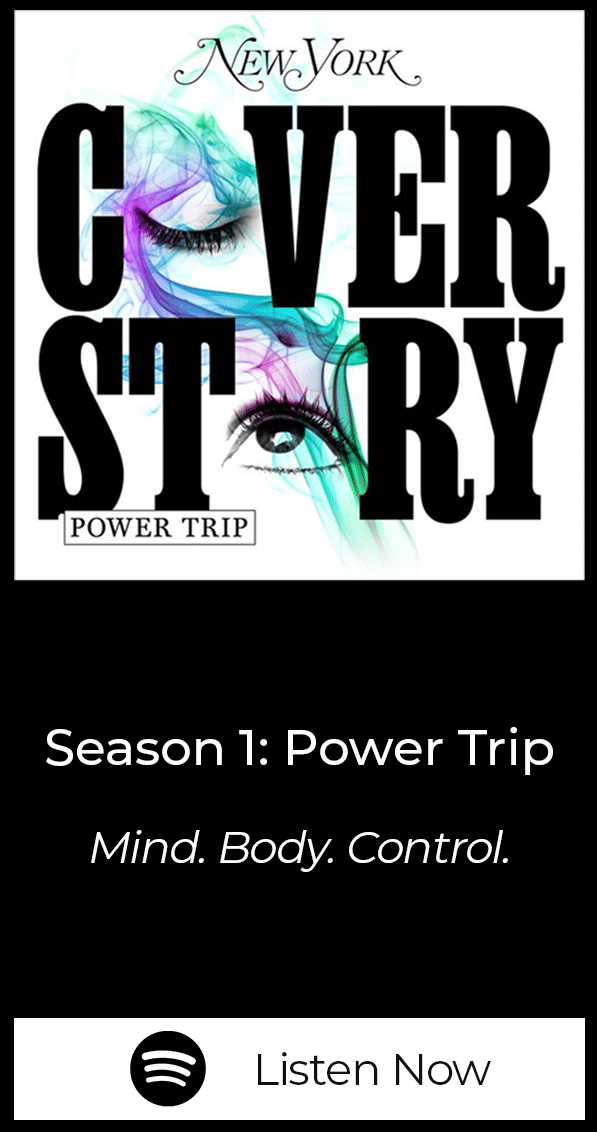Psychedelic Frontiers of Western Medicine
Johns Hopkins and Yale Schools of Medicine reviewed dozens of studies and recent trials on psychedelic compounds.
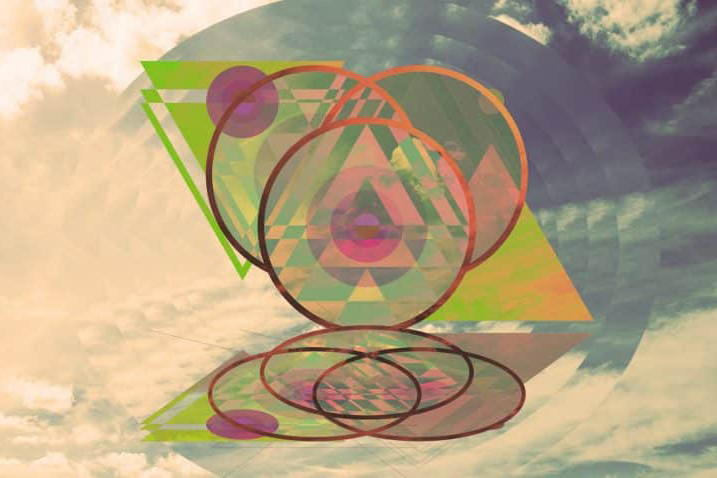
Psymposia is a 501(c)(3) nonprofit research and media organization that offers critical perspectives on drugs, politics, and culture. We rely on contributions from our readers and listeners. Your support is vital to sustaining Psymposia.
Support Psymposia’s independent journalism on Patreon and help us drive the Mystery Machine! We’re a bunch of meddling kids who are unmasking the latest shenanigans on the psychedelics beat.
In August 2016, Albert Garcia-Romeu and Brennan Kersgaard from Johns Hopkins University School of Medicine, and Peter H. Addy from Yale University School of Medicine published a review titled, “Clinical Applications of Hallucinogens” in the journal, Experimental and Clinical Psychopharmacology. The paper details dozens of studies, including over 20 recent trials on clinical and psychological applications for 11 hallucinogenic compounds.
These substances ranged from Salvia divinorum, a flowering sage used by the Mazatec people in Mexico, to MDMA, a drug used to enhance psychotherapy in the 1970s that by the 1990s became the little pill that launched a thousand raves. Most of the others like LSD, cannabis, mescaline, and DMT, are reliable allies in the doctor’s bags of seasoned festival-goers and psychonauts, but Addy, Garcia-Romeu, and Kersgaard’s work compiled the ways that these substances are being tested for medical use in the treatment of depression, addiction, post-traumatic stress, and a host of other ailments.
Although psychedelic advocates have long recognized the spiritual, emotional, and sometimes physical healing that takes place after journeying with one of these substances, “Clinical Applications of Hallucinogens” takes on the daunting and important task of collecting and highlighting the recent scientific findings about the benefits of these substances with the goal of bringing these healing modalities out of the underground and presenting them for reappraisal in Western medical practice.
Garcia-Romeu was interested in altered states of consciousness since he was a teenager. “When I was about 15, I read Carlos Castaneda and got interested in shamanism. As I got older, I became interested in Eastern religions—Buddhism, Taoism.”
During his undergraduate years at Tulane University, he spent a summer working for the U.S. Forest Service at Glacier National Park in Montana. “We were camping outdoors pretty much the whole time, and being out there in itself was pretty much an altered state of consciousness for me compared to life in the city as I was accustomed to it. It opened me up to some transcendent types of experiences,” he says. At the time, Garcia-Romeu was reading the works of 20th century psychologist Abraham Maslow (best known for his “hierarchy of needs”), and integral philosopher Ken Wilber. What intrigued him about those writers at the time was that “both were interested in what Maslow calls peak experiences as part and parcel of human development, and specifically the ways these peak experiences could help promote movement towards self-actualization.”
For Garcia-Romeu, these peak experiences seemed to be a key to “getting unstuck,” as he calls it colloquially during our conversation. “I noticed in my life, and in the lives of other people around me, that sometimes people would get stuck in certain places in their lives and have trouble moving on. At times that would seem innocuous: it could be a hang-up in their relationship or their professional lives…Other people got really stuck and they could be stuck with, essentially, pathology: addiction, depression.” For Garcia-Romeu, understanding how to get people unstuck would turn into a lifelong mission.
He says, “Part of what Western psychology and Western culture seems to miss is that we exist in this state of mind that we consider normal waking consciousness—everything is measured against that. Logic and reason are some of the main ways we use to navigate reality and our social interactions.” Normal consciousness has all kinds of ruts where a person can get stuck—job expectations, family obligations, unfulfilled hopes, injury, tragic loss, ennui. Garcia-Romeu found, “When you have altered states of consciousness, then, you’re all of a sudden opening all these doors and windows so that logic and reason are just a couple of tools. There are all these other ways of looking at and experiencing reality; and what is self and what is other and how can you interact with other in the most harmonious or most useful way.”
He went on to graduate studies delving deeper, studying different types of transcendent and mystical experiences. “I was not focused on drugs, I was asking people for these experiences that they felt were transformative in getting them unstuck, I wanted to understand the features of those experiences.”
In his research, Garcia-Romeu reports, “about a third of the experiences that people reported to me spontaneously happened to be drug related. They were triggered by use of MDMA or use of LSD or use of ayahuasca. Some of the other transcendent experiences people talked about were triggered by being in nature or engaging in spiritual practice. About a quarter were spontaneous, people couldn’t point to something specific that caused them to happen and the only thing we could really identify is that they tended to occur during stressful periods, marriages breaking up, or being forced to move into a new career or a new living situation.”
While presenting his findings at the Towards a Science of Consciousness conference in Tucson in 2012, Garcia-Romeu met Dr. Katherine MacLean, who was conducting research with psilocybin at Johns Hopkins. Through this chance meeting, he was eventually invited to join the Johns Hopkins Psilocybin Research Project as a post-doctoral fellow, using psilocybin mushrooms to deliberately provoke peak experiences in the lab to help patients get “unstuck” in different places in their lives, such as quitting smoking, or overcoming anxiety or depression related to cancer diagnoses.
For “Clinical Applications,” Garcia-Romeu teamed up with his friend Peter Addy, who he knew from their time at the Institute for Transpersonal Psychology, where both received their Ph.D. Addy says, “we shared a lot of interest in spiritual and non-ordinary experiences, self-transcendence that happens through a variety of methods.”
Although Addy is not currently conducting psychedelic research, he became interested in the field based on his interest in Salvia divinorum. In researching for “Clinical Applications,” Addy was fascinated by the language around psychedelics and its implications for understanding them. “When I started my research, it seemed obvious to me that Salvia is a psychedelic plant,“ he notes, “but I got a lot of backlash on that. So the way we use these words has become interesting to me. Where I’m at now is that psychedelic is an adjective, not a noun. So, for instance, you can have a psychedelic experience on mushrooms, but you can have lots of experiences on mushrooms that are not psychedelic. You can have psychedelic experiences through meditation, through sex.”
“Because of the nature of academic work, we ended up focusing the term psychedelic to refer to certain types of hallucinogens as opposed to others,” says Garcia-Romeu, “but I agree that the term is larger than serotonin 2A receptor agonists.”
He continues,“the term was coined to describe drugs and drug experiences, but the spirit of the term is larger than the drug or the drug experience. It really is what is mind-manifesting or soul revealing.”
The findings in the article are incredibly promising and leave Garcia-Romeu and Addy cautiously optimistic. Garcia-Romeu and others hope that in the next 10 years, phase III clinical trials, which will study hundreds of people, will be conducted with psilocybin and MDMA to test their therapeutic efficacy. At that point, the FDA may deem the scientific evidence strong enough to say that these substances have therapeutic value and can be used as medication.
Federal regulations and scheduling would need to change for these drugs to be used medically. “If we could get psilocybin or MDMA rescheduled as schedule 2 or schedule 3 and get them out of the underground, that would be amazing,” says Addy. Garcia-Romeu envisions a future where a patient with depression resistant to standard therapies could go to a specialist in a clinic and “try a psychedelic treatment like MDMA or psilocybin or ayahuasca.”
Of course, those who have experience with these substances in a recreational context at a music festival or with a shaman may wonder what the use of psychedelics in a western medical context might look like.
“The way we do it at the lab now is highly westernized, for lack of a better word,” says Garcia-Romeu. He adds, “it is in a hospital setting. That’s the reality we exist in right now. It is very different than in an indigenous setting with a shaman. All the people I work with are trained in western science. Hopefully, this opens up a little more of a dialogue between cultures and more openness and respect for ways of seeing the world that can be as valid as the scientific way of seeing the world, that takes as a primary assumption that matter is all that exists.”
“If these medicines become rescheduled, they will still only be available by prescription,” says Addy, “although prescription drug misuse is the number one drug related problem in this country right now, so that doesn’t guarantee no diversion. The difference there is that, ideally the way these studies are being set up is that we would administer as an example 1 to 3 doses of MDMA with the clinicians in the room. It’s a small amount, not a 30-day supply and another 30-day supply for the rest of your life.”
Garcia-Romeu warns, “there are risks to hallucinogens. One of the things that people do is misconstrue the positive research to assume that these drugs are harmless or that they’re a magic bullet that can cure all their ills. These substances can shine a light and show people the right way, but they still need to do the work themselves. The danger here is that sometimes people think these psychedelic treatments are like, ‘here, take 2 Advil’ and their headache will go away, it isn’t like that.”
“Therapeutically, we can use the new knowledge that we do have to make these better medicines for people,” he continues, but notes that a lot of the benefits that psychedelic therapy can provide “have been around forever, and don’t necessarily rely on the drug experience to help get people unstuck. Methods to enhance people’s personal growth and well-being have been around as long as humans have, since Jesus, since Buddha, since shamans have been doing what they do. And in modern psychology at least since Carl Rogers came up with the humanistic approach to psychotherapy.”
Both researchers hope that this reappraisal of the healing potential of psychedelic substances by the scientific community will engender, as Addy puts it, a “greater appreciation of the indigenous cultures we took these substances from.” With the exceptions of substances like MDMA, LSD, and ketamine—which were synthesized in the lab—these psychedelics were “discovered” by Westerners while already being used in indigenous cultures for hundreds or thousands of years.
As to whether clinical applications would incorporate elements of indigenous practice with these substances, Addy says, “I go back and forth on that. It can lead to a tokenism or a cargo cult therapy where white people put on a headdress and sing some songs and give patients mushrooms,” which is not what either researcher wants.
He says, “Probably the lowest hanging fruit is the point that indigenous cultures have used these substances for thousands of years and are not just savages and preliterate and making stuff up. Whether or not that recognition leads to change in the clinic or research center, that’s a big question. Whether you use music is a big question…nevermind what kind of music. There’s no easy answer.”
Similar to what many report back from trips on ayahuasca or mushrooms, Garcia-Romeu believes the implications of expanding access to psychedelics could have greater benefits beyond those experienced by the individuals treated with them. “From a larger cultural standpoint it could be quite helpful, the nature of these experiences, these psychedelic experiences, is that they do tend to connect people to what you might call a more spiritual realm.” He points out that psychedelics can connect people “to the ecosystem and to nature, help connect to their emotions more in ways they weren’t able to before. To move people away from a materialistic worldview where they’re really concerned with things that aren’t really that healthy and are causing a lot of problems and division among people as a human species right now.”
Addy notes that for the first time, researchers and psychedelic advocates are able to seriously consider questions about what positions psychedelics might play in the medical and cultural landscape. “For the longest time, the struggle has been to get any research underway. Now that this is happening, we are able to seriously consider what will we do next.” Questions about what the clinic model will look like? Should psychedelics be covered by insurance? Could psilocybin mushrooms be grown at home or only available at the doctor’s office? “They aren’t just intellectual exercises if we were writing a utopian science fiction novel. These might have real world consequences in the next ten years. It is exciting, but it also opens up a lot of questions, a lot of unknowns, a lot of uncomfortable questions about cultural appropriation and other issues.”
For now though, with Phase III clinical trials of psilocybin and MDMA on the horizon, Garcia-Romeu and his colleagues are focusing there. “Clinical Applications of Hallucinogens” shows that there is vast potential for a wide variety of healing substances in contemporary medicine and fruitful avenues for future research. The question now is, are we as a culture ready to accept this?
Hey! Before you go… Psymposia is a 501(c)(3) non-profit media organization that offers critical perspectives on drugs, politics, and culture. We strive to ask challenging questions, and we’re committed to independent reporting, critical analysis, and holding those who wield power accountable.
Our perspectives are informed by critical analysis of the systemic crises of capitalism that have directly contributed to the unmitigated growth of addiction, depression, suicide, and the unraveling of our social relations. The same economic elite and powerful corporate interests who have profited from causing these problems are now proposing “solutions”—solutions which both line their pockets and mask the necessity of structural change.
In order for us to keep unpacking these issues and informing our audience, we need your continuing support. You can sustain Psymposia by becoming a supporter for as little as $2 a month.
Brian Carreira
Brian Carreira is a writer and psychonaut living in New Jersey. He has high hopes for blooms in his bulb garden next spring.
